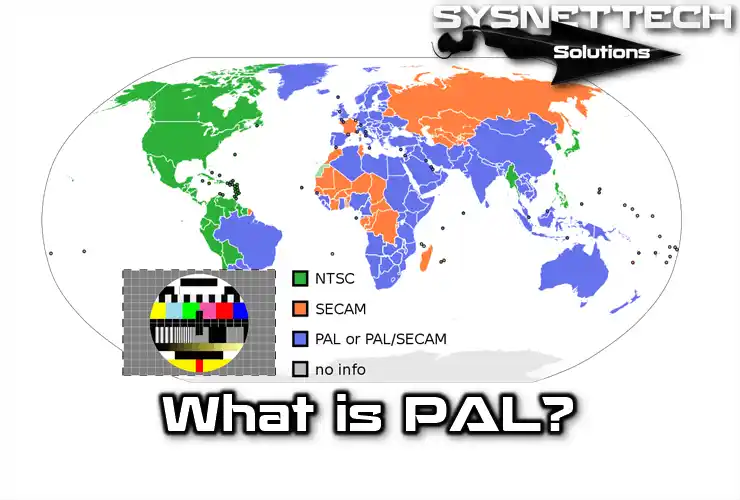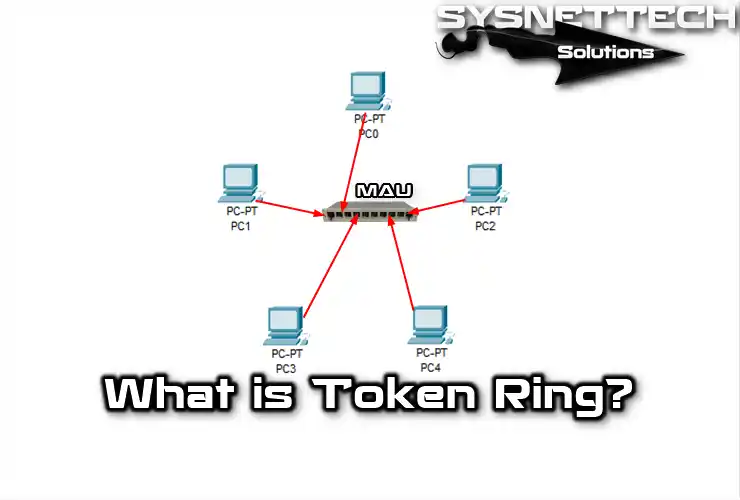PAL (Phase Alternating Line) is the name used to indicate the encoding system used to transmit analog color television signals.

What is the PAL Video Format?
The PAL system is used in most African, Asian, and European countries, as well as in Australia and some American countries.
This system was developed by Dr. Walter Bruch in Telefunken laboratories in 1963 to improve the quality and reduce imperfections in the color tones offered by the NTSC system.
However, the basic concepts of signal transmission are based on the NTSC system.
PAL Format Features
The PAL system sends chrominance info by changing the phase of each line. This helps fix any phase mistakes, automatically correcting errors that might happen.
In radio signals, phase mistakes are common because of signal delays. These mistakes in analog video can mess up color tones, making the picture look bad.
But the receiver fixes color tone mistakes by averaging nearby lines. This helps reduce color problems, which are harder to see than changes in color.
So, PAL is better than NTSC because PAL lines switch phases, which makes PAL more complicated. At first, people relied on our eyes to fix phase mistakes. If they weren’t fixed, mistakes more than 5º were easy to see.
PAL’s brightness signal stores color info with delays of about 64 microseconds. This means the screen shows the average color of two lines.
Early devices that caused delays were expensive, but later, they became cheaper. This solution gave PAL less color detail up and down compared to NTSC. But our eyes are less picky about color info up and down.
NTSC TVs have a manual color fixer. Technically, NTSC is better than PAL. But it needs perfect signals to work well because it’s easily affected by phase changes.
PAL is great with signal jumps, which is why it’s used a lot in Europe. Europe has more complicated landscapes than North America. Also, local TV channels are common in the USA but not so much in Europe.
The only thing NTSC is better at than PAL is the speed at which it refreshes the picture. This stops flickering on big screens.
NTSC and PAL
PAL-DVD (720×576) video has a higher resolution than NTSC-DVD (720×480). However, since the image of this format has more pixels, a higher compression factor is used when compressing to MPEG2, resulting in a more significant loss of quality.
On the other hand, since the compression factor is lower in NTSC, less quality loss is experienced compared to PAL.
Because NTSC has more than five frames per second, it performs better in scenes with a lot of movement on the screen or swift movements on the part of the screen.
MPEG2 compression has more frames, resulting in better results in these types. This format can be considered smoother since there is no duplicate space download.
Film cameras are 4% faster than PAL format as they run at 24 total frames, so there is a mismatch between image and sound, but this isn’t easy to spot.
PAL causes more eye strain as it has more image flickering than NTSC. NTSC systems are less eye-tiring as they do not have the classic vibration operating at 50Hz/25 FPS.
Formats
The color system is commonly used in a video format of 625 lines per frame and a screen refresh rate of 25 frames per second.
Some Eastern European countries that stopped using the SECAM system used adaptations of PAL-D or K to keep some of the technical aspects of SECAM in PAL.
In Brazil, the version PAL-M is used, with 525 lines and 29.97 frames per second, which is very close to NTSC in the color subcarrier frequency.
Telecommunications regulator Anatel began using its standard in the early 1970s to prevent the import of color receivers and ensure compatibility with monochrome receivers. NTSC tests conducted in the country in the ’60s showed that the color quality was lost when the signal was distributed over long distances.
All other countries that use the M standard for black and white use NTSC as their color system.
This is used in Argentina, Paraguay, and Uruguay with the 625-line standard system, but the color subcarrier frequency is very close to that of NTSC, and these types are PAL-N and PAL-CN.
Video equipment manufacturers in some Latin American countries offer three standard receivers: NTSC-M, PAL-M, and PAL-N.
In Europe, new television receivers can display signals from all these systems.
Most of them can receive SECAM signals from Eastern Europe and the Middle East, usually outside France, with the exception of French manufacturers’ equipment.
Many are even able to display baseband NTSC-M standard signals via video inputs only for signals from a video player or game console.
Digital System
This system is analog, and in the 1980s, there was an attempt to make equipment that digitizes the signal, but it did not succeed commercially.
Digital television uses color components in digital devices such as modern game consoles and computers. R, G, and B or Y, RY, and BY signals are transmitted by three different cables.



